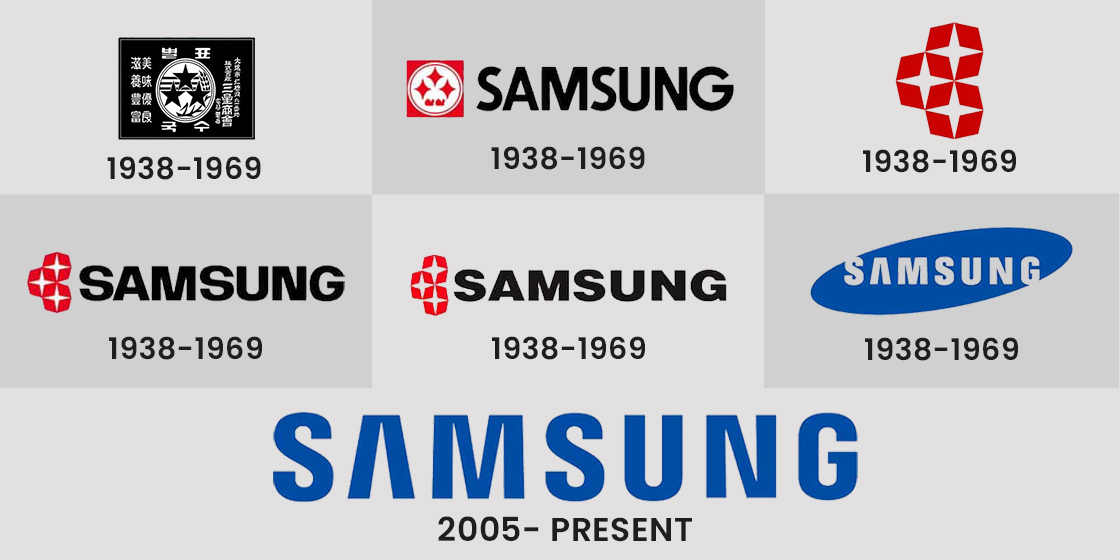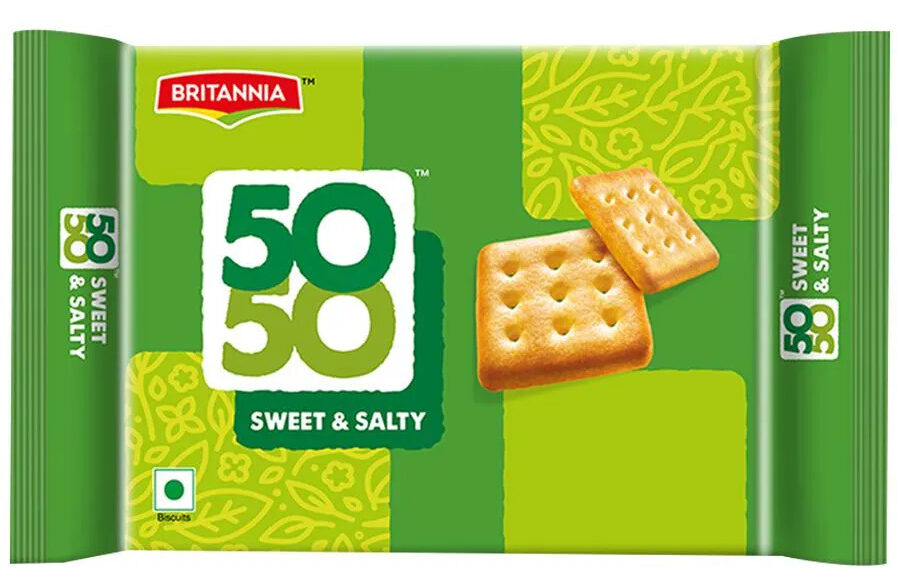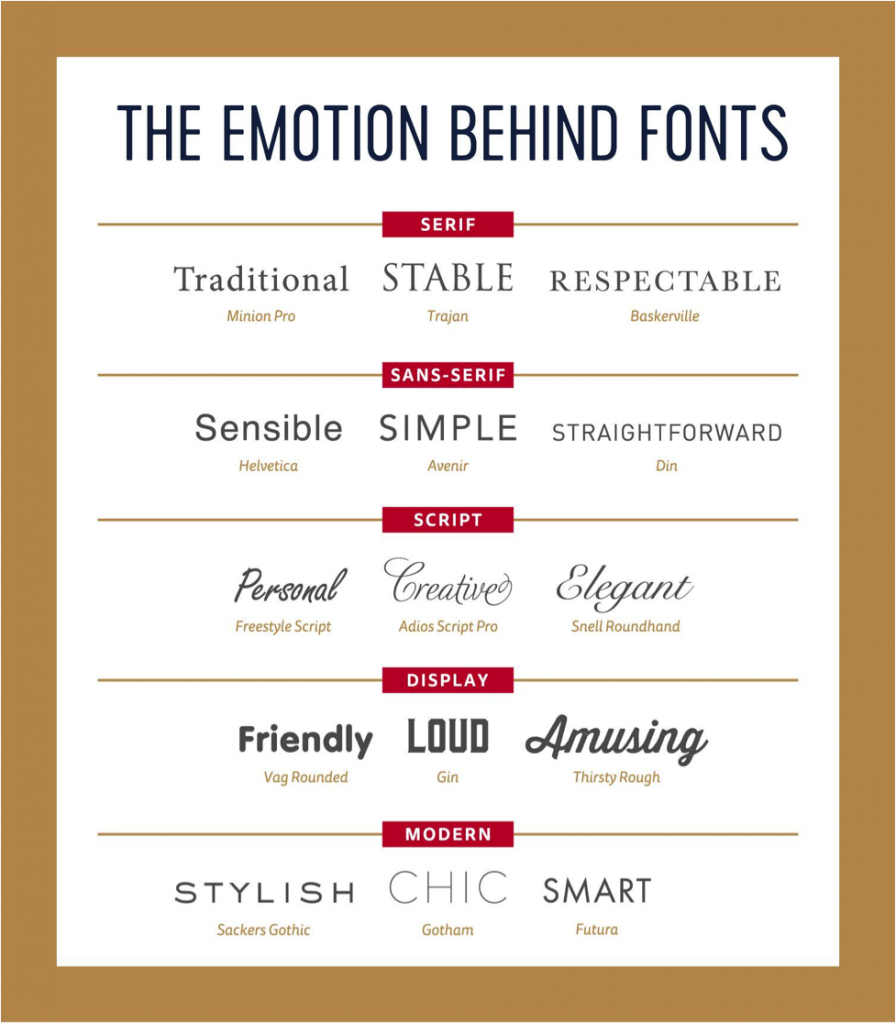In the first part of our branding series, we explored what a brand is and the aspects of brand strategy. A brand is built by first identifying the problem being solved and consequently establishing a target audience and addressable market. This is followed by strategically establishing a price point, choosing an appropriate brand name, and handling distribution channels and marketing.
In our previous article, we understood how brand identity is created. A brand impression is formed by an aggregation of customer experiences. Thus it is vital to ensure that the product or service being provided is consistent. Brands in the early stage of their business can accomplish this by getting their internal systems 100% right.
Follow Part 3 of our series with Brand strategy expert Preeti Sawhney as she explains how to convey the brand story with the brand name and logo.

A NICE Friend, Preeti shared her expertise on Branding and Positioning in a NICE Aarohana 1 session. We will be hosting her in an AMA session in August. Stay tuned to find out more!
Imbuing Meaning into the Brand Name
It is essential to figure out if a brand can construct meaning around its chosen name. Very often, a name is chosen just because it sounds good, cool, or nothing else is available. Whatever be the case, it is essential to figure out how the name can be connected to the narrative the brand is building. The meaning of a brand name adds to its identity.
For example, in the case of Dunzo it means ‘done’ or ‘finished’. Nykaa means ‘the one in the spotlight’. These brands through their value propositions which are ‘quick delivery of goods and groceries’ and ‘beauty products anytime, anywhere’ reinforce the meaning of their brand name. While everyone may not know the meaning of the source word, these brands reinforce the meanings originally embedded in their names through their delivery and service.

On the other end, there are brands where noone knows the brand name. For example, Samsung in Korean means ‘3 stars’. The name was chosen because the Founder wanted the brand to be everlasting like stars in the sky. Now the brand Samsung stands for great quality, and decent price, projecting an inclusive brand image.

Image Courtesy of Logo Poppin
I’m currently working with a brand called Quizshala. This was an apt name for the brand during its launch as it was focused on quizzes. However, when they pivoted, they decided to engage in multiple areas but stay true to their mission of developing people’s curiosity about things around them. Thus, they changed their name to Qshala. Q by itself has no meaning, in contrast to Shala, which means school, and quizzes that were a direct indication. However, meaning has had to be imbued into the name, and it has needed explanation.
One can give a brand a name through multiple routes. It can be a term you’ve coined yourself, a name available in nature, a portmanteau name where you’ve clubbed two different words together, an anonymized name, and more.
Regardless of the route and whether the name is alien to the category, one must actively look to imbue meaning. This meaning should connect back to the promise the brand is making.
Syncing the Product Name, Brand Name, and Brand Characteristics
While naming a product, the brand must ensure that it syncs with the brand name and characteristics. Such an instance took place while I was working with Brittannia long ago. At that time, Parle introduced a biscuit called Crackjack. It was a biscuit that combined two tastes, both sweet and salty, in a light, low-calorie option. When people ate it, they couldn’t quite place the flavor. Britannia was considering entering that segment of the biscuit and cookie market. In my brief, I had described the cookie as a half and half, which eventually evolved into the well-loved name 50-50. This name captured the flavor’s inherent binary and became a hit over the decades.

Another critical factor is the tonality of the brand name. You cannot have a premium-sounding name for an apparel company that markets itself as fun. Similarly, while an upscale brand, such as Gucci or Rolex is speaking to a specific target audience, the name should have the same mood.
Choosing the Brand’s Color Palette
Choosing a color for the brand to house is a significant component of the brand. Different colors are processed in various ways by the human brain. A great amount of research has been done into decoding which feelings are evoked by particular colors. However, this is not universal and varies amongst societies.
The meaning of a particular color can be very specific to a geographical area or be dependent on cultural overtones. Thus, when a brand chooses a color to be associated with, they must think of it as a dress the brand wears every day. They must look into the feeling or emotion evoked in their target audience’s heads and check if it supports the identity they’re trying to create. The color must be synergistic and offer peace with the brand’s offering and position.

Image Courtesy of the The Logo Company
Designing the Brand Logo
Each font out of the thousands available on our devices evokes a different feeling and mood. Just a change in font can change the tonality from classical to funky to comical. This is where the expertise of a designer comes into play. They understand the brand identity to be formed and what the brand is all about. They are trained to pick the right colors and understand which font helps create the image they want. The image they create must be congruent with the position the brand wants to occupy, as well as the name and the value proposition.

Image Courtesy the Innovative Ad Agency
Great brands are formed by a medley of the brand name, packaging, pricing, communication, and more. For example, brands like Tata and Reliance are entrepreneurial giants who have built a solid foundation on trust and are present in every category standing for the delivery of quality products.
When everything is in synergy, the meaning formed in the target audience’s minds is concrete. Each element adds a layer to the flavor of the brand. Thus, the image that the consumer takes away in their minds and hearts is a very cohesive one. This lack of friction helps cement the brand identity.
Feature Image: Deposit Photos





